About
Mission and History
As a public research centre, CIMNE promotes the advancement of knowledge and technology in engineering and the applied sciences by developing numerical methods and computational techniques that address pressing societal challenges.
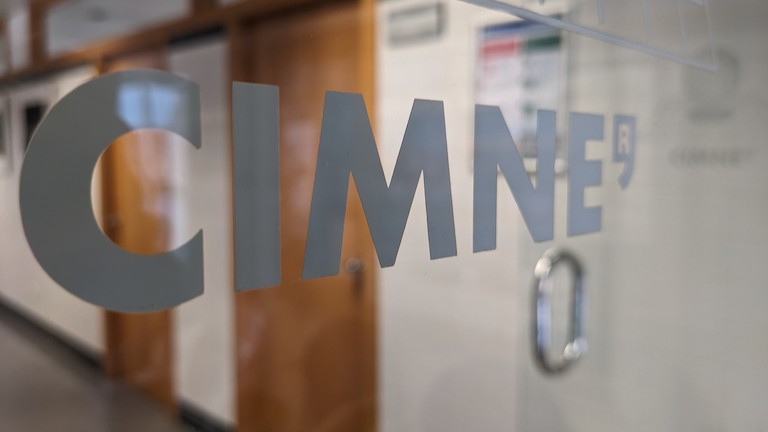

About
Mission and History
As a public research centre, CIMNE promotes the advancement of knowledge and technology in engineering and the applied sciences by developing numerical methods and computational techniques that address pressing societal challenges.
CIMNE is a global leader in computational engineering, excelling in research, education, dissemination, and technology transfer for the benefit of society.
The International Centre for Numerical Methods in Engineering (CIMNE) is a public research centre founded in 1987 by the Government of Catalonia and the Technical University of Catalonia—Barcelona Tech (UPC), with the support of UNESCO. Located in Barcelona and with offices across Spain and Latin America, CIMNE has established itself as a world-renowned institution for research, education, and innovation in numerical methods and computational engineering.
CIMNE’s mission is to drive scientific and technological progress by developing advanced numerical methods and computational tools that address both local and global societal challenges. Its research priorities are shaped by major action plans and societal needs, ensuring that the centre’s activities have a meaningful impact on areas such as sustainability, resilience, and equitable digital transformation.
CIMNE’s activities are structured around four core pillars: Research, Dissemination, Education, and Technology Transfer. This comprehensive approach enables CIMNE to generate new knowledge, share it widely, train future leaders in computational engineering, and transfer innovative solutions to industry and society.
A unique feature of CIMNE is its UNESCO Chair in Numerical Methods in Engineering, jointly held with UPC, which fosters international collaboration and excellence in research and education, brining innovation to developing countries. CIMNE also leads the CIMNE Labs Network (Red de Aulas CIMNE), an international matrix of 33 cutting-edge research labs in 10 countries, promoting interdisciplinary cooperation, continuous education, and mobility for researchers and students. These labs strengthen CIMNE’s global community and reinforce its position as a reference centre in numerical methods for engineering.
Along the same lines, CIMNE’s Congress Bureau specialises in the comprehensive management of scientific conferences, events, and associations in numerical methods and computational engineering. With nearly three decades of experience, the Bureau has organized more than 250 global events alongside distinguished academic leaders.
The Congress Bureau’s expertise has established CIMNE as a trusted partner for leading scientific societies and institutions worldwide. CIMNE currently holds the permanent secretariat for several prestigious organizations, offering strategic guidance, innovative tools, and comprehensive support to foster collaboration and knowledge exchange within the global scientific community.
The centre actively collaborates with a diverse network of stakeholders—including academia, industry, public officials, and local communities—to ensure that its work is both relevant and impactful. By fostering these cross-sector partnerships and continuously adapting its strategic vision, CIMNE ensures that its pioneering advances in computational engineering not only push the boundaries of knowledge, but also contribute meaningfully to societal progress and sustainable development.
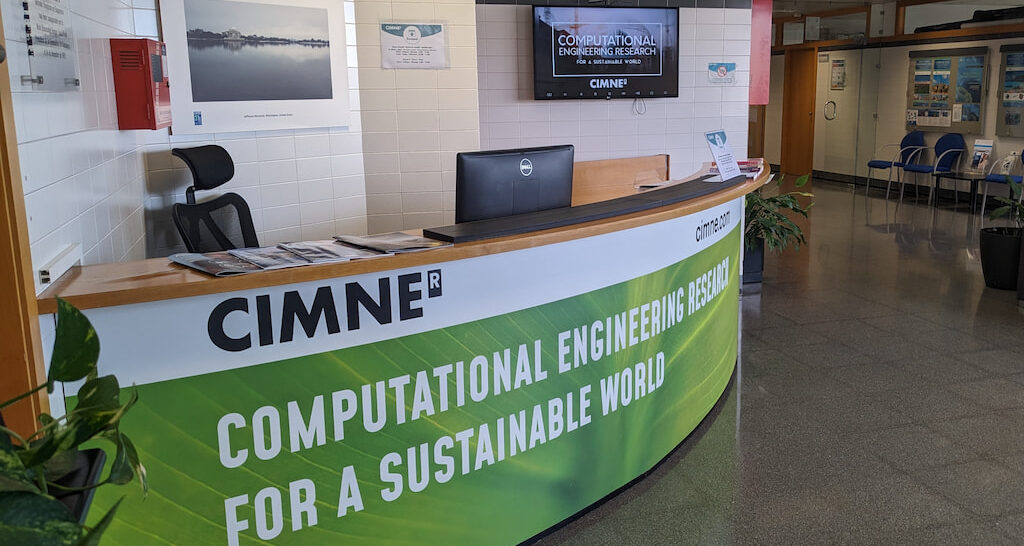
History
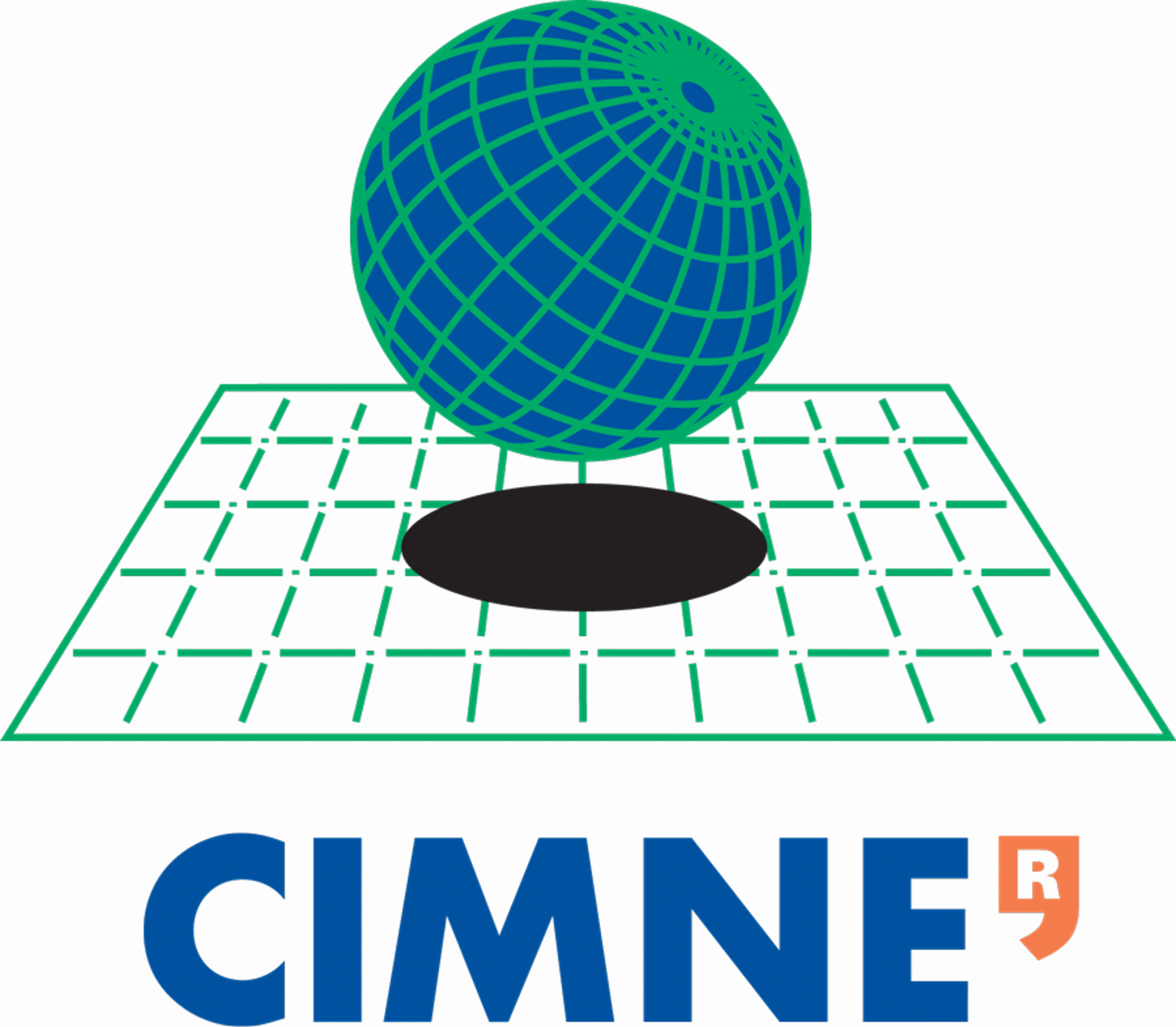
1987
CIMNE is founded on March 13, by decree 150/1987, backed by the Catalan Government, UPC and UNESCO.
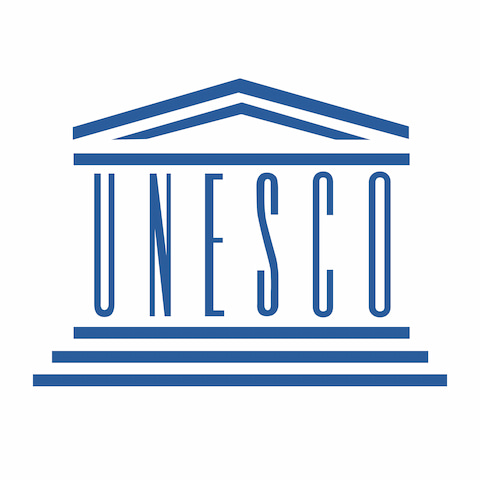
1989
The UNESCO Chair in Numerical Methods in Engineering of CIMNE and UPC is established, led by Prof. O. C. Zienkiewicz

1989
The 2nd International Conference on Computational Plasticity, Models, Software and Applications in Barcelona marks the onset of the CIMNE Congress Bureau.
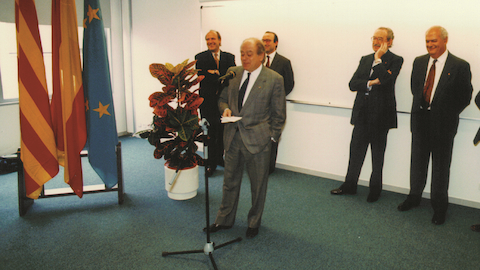
1992
The permanent headquarters of CIMNE are opened at the North Campus of the UPC in Barcelona.

1993
CIMNE holds the permanent secretariat of the European Community on Computational Methods in Applied Sciences (ECCOMAS)
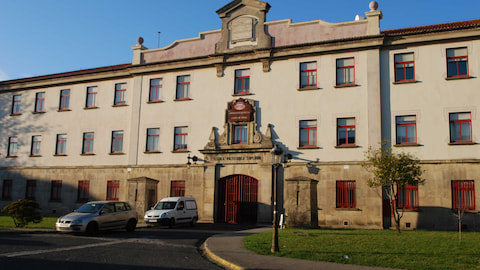
2001
The first CIMNE Lab (Aula CIMNE) is established in A Coruña University in Ferrol, Spain
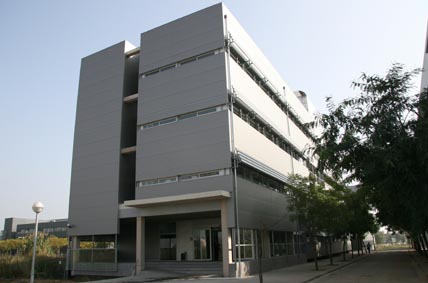
2008
CIMNE’s offices at the Mediterranean Technology Park in Castelldefels are inaugurated.
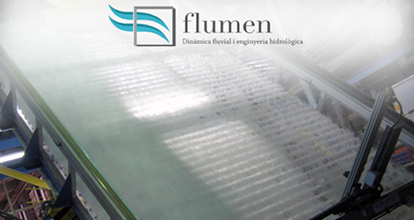
2012
The Government of Catalonia creates the FLUMEN Institute for River Dynamics and Hydrogeologic Engineering as a partnership between UPC and CIMNE.
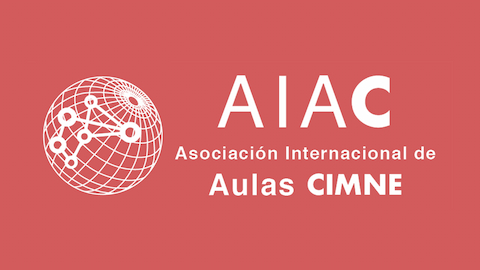
2015
The International Association of CIMNE Labs (AIAC) is founded in Barcelona to promote international cooperation among top institutions.
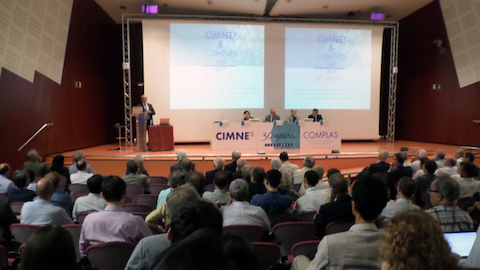
2017
CIMNE commemorates its 30th birthday with 200 professionals, 29 Labs, 28 active research projects and 16 spin-offs.

2017
CIMNE is incorporated under the auspices of the Department of Territory and Sustainability of the Catalan Government and integrates the Centre for Innovation in Transport (CENIT)
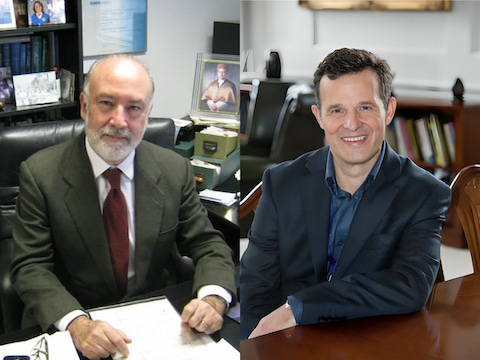
2022
Prof. Eugenio steps down as General Director of CIMNE after 35 years. Prof. Bonet is appointed to the position.
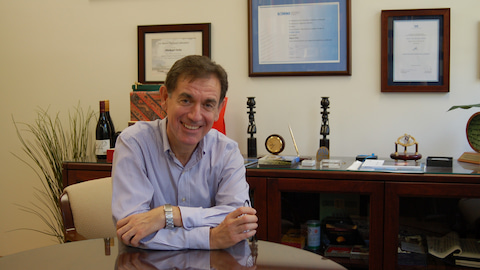
2025
Prof. Michael Ortiz is appointed as chairman of the UNESCO Chair in Numerical Methods in Engineering of CIMNE and UPC.





